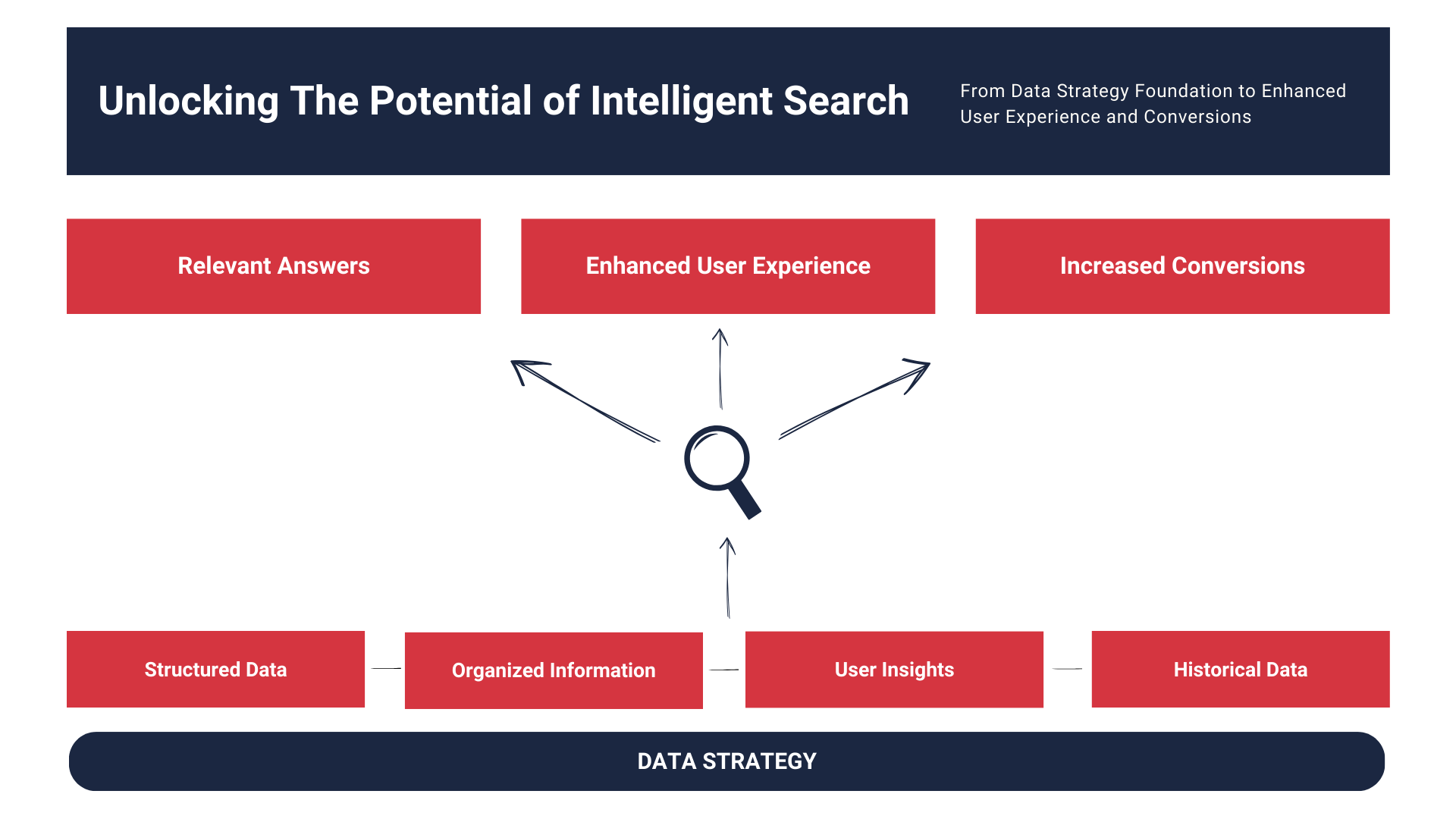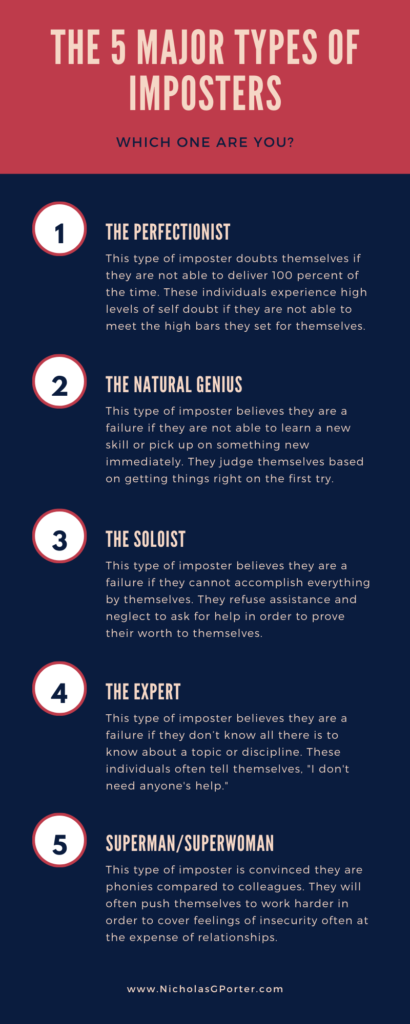“Marketing is a one-way street. Public relations, however, is a two-way street that allows communication back and forth with audiences.”
This quote echoes a message that bounced around the walls of the PR agencies I worked at early in my career. The sentiment is accurate, but its spread fell short, likely because its arbiters were PR practitioners (LOL). But all these years later, as a result of discussions on generative AI, the idea has experienced a resurgence, particularly in the marketing sphere.
These days, conversations on generative AI in marketing typically revolve around marketers coping by calling themselves “prompt engineers” and CEOs exploring ways to gut content creation budgets.
But lurking underneath these developments is that message those old PR sages relayed to me all those years ago. The best way to engage prospects and create customers is via two-way conversation. A give and take — a dialogue instead of a monologue.
Because for too long, organizations have have been standing on a ledge shouting in one direction, never considering any other way of doing things.
And unless we change course quickly, it’s easy to imagine he near-future nightmare ahead of us: marketers shouting one-way messages into the void 一 now expanded to infinity in size 一 due to the ever-growing, endless amount of garbage produced by generative AI.

As It Turns Out, Those Old PR Sages Were Right All Along 一 The Two Way Street Is A Necessity
Let’s get one thing straight. One-way conversations aren’t evil. They serve an essential purpose. They are your brand story, messaging and value proposition 一 all of which, in turn, drive your content efforts, advertising and social media output.
Perhaps most important, they form the foundation of your SEO strategy, which is crucial for being discovered by search engines.
So yes, while these one-way conversations are vital, it’s often presumed that once found via search, potential customers will immediately find all of that beautiful content you’ve curated on your website and they will then have everything they need to make an informed purchasing decision.
And that type of thinking is bad news because we’re fast approaching a critical point where giving customers what we think they need, instead of giving customers what they actually, will become a make-or-break sales factor for numerous organizations.
This is because humans are changing how we ask the machines questions and businesses haven’t yet started to consider this shift.
Traditional Search and Discovery Has Been Broken By Generative AI
No longer are the questions of Who, What, Where, and When the primary focus of user queries.
For instance, an individual will typically search for products (Who), services (What), restaurant locations (Where) or operating hours (When). A request is made and information gets sent back via the one-way street that is the search engine results page (SERP).
But that old search and discovery model is cracking at the foundation. Generative AI has changed the search game by introducing answers to deeper questions that tackle Why and How. Hence, generative AI is changing how we talk to the machines.
Those questions that ask Why and How require a two-way conversation, often with several back-and-forths before a user is satisfied with the response. Even with Generative Search Results (GSR) currently in use by “Big Search,” there is a ceiling on the level of information and satisfaction delivered.
Okay. So you’re a B2B organization. What does this all mean?
Think of it this way. Who, What, Where and When queries are made by top-of-the-funnel prospects. Why and How questions, however, are posed by middle and bottom-of-the-funnel prospects — individuals who are serious about purchasing and need answers to deeper questions.
“Okay. But you’re a B2B organization. Seriously. WHAT DOES IT ALL MEAN?!”
– You, probably
“Big Search” will always answer the simple questions. They’ve been doing it for years via enhanced descriptions, rich snippets, knowledge graph panels and everything else schema markup enables.
But comprehensive answers to real-world business challenges will always be in demand. And it’s up to organizations to deliver a search experience that facilitates a smooth transition to your website where via in-depth, informative and thoughtful content you demonstrate expertise, answer in-depth questions, and demonstrate why potential customers should pick you over the competition.
Wait a second. Doesn’t that sound exactly like SEO as we’ve always known it?
YES.
But it requires a shift in mindset that acknowledges that search engines will always provide better answers to the simple questions and that how you’ve been viewing generative AI up until this point is likely wrong.
Yes, The Way You’ve Been Viewing Generative AI Is Likely Wrong
To truly use generative AI in a way that helps you achieve success, you need to throw out the idea that tools like ChatGPT are nifty gifts from the budget gods that save money by creating blog posts and white papers for free.
As previously stated, content in the age of generative AI needs to be more in-depth, more specialized and requires more expertise.
This Is how to win in modern B2B SEO. This type of content is how prospects determine who to trust. This is how you lead them to your website.
And when they get there? This is where the two-way street search experience that answers the Why and How questions really begins.
To reach this level of customer search experience nirvana requires abandoning the “free blog post” mentality and adopting generative AI as a means to add intelligent search to your website.
How Generative AI Uses Your Data Strategy To Power Intelligent Search On Your Website
Okay, Let’s assume you’re part of one of the roughly 1/3 of companies (as evidenced here, here and here) that actually have a data strategy or deliver on one. Good news — you’re ahead of the curve.
If you do not currently have one, while not great, there’s still time. Some resources so you can start can be found here and here.
Developing your data strategy might sound daunting, but the only lift required of you and your team is gathering and organizing data that likely already exists. The hard part of this process — providing structure, making sense of the data, and delivering insights that positively impact your bottom line — can often be managed by generative AI. Don’t believe me? Just ask Amazon.
Once this search experience is in place on your website, the results will speak for themselves:
- Increased customer satisfaction due to more relevant search results and faster response times
- A user experience that lets prospects get what they need when they need it
- Higher conversion rates and an improved bottom line

How To Maintain A Modern Two-Way Intelligent Search Experience On Your Website
It’s important to remember the basics of search engine optimization and how search works to understand how to best use generative AI to power intelligent search on your website.
Let’s dive in with a refresher on the topic and some key takeaways.
Focus on Keyword Intent.
Understand the intent behind the inquiries you receive. Remember, the benefits of generative AI here stem mainly from intent keywords that capture How and Why inquiries from users.
- Example: The query “Why I need XYZ product for my business” can likely be addressed by the data points stacked neatly in your warehouse. However, the query, “How can XYZ product help me meet sales goals by Q4?” That inquiry should be handed over to a biz dev or sales rep immediately.
- Key Takeaway: It’s vital to understand when a chatbot or a human should answer a query as it could mean the difference between a quick bounce and a customer conversion.
The Riches Are In The Niches.
An old SEO adage. This means long-tail keyword queries with commercial intent will show up far less than short-tail informational keyword searches, but long-tail keyword queries with commercial intent are much more likely to convert to customers. Ensure your generative AI responses embrace this.
- Example: Suppose you run a startup specializing in SaaS-based project management tools. Many queries for “project management software” will likely come in. But you need to be ready for queries such as “project management tool comparison guide” or “cost of project software for remote teams” because the users behind such queries are much further down the funnel and more likely to convert.
- Key Takeaway: Beyond just recognizing the value in long-tail keywords, a plan for actively nurturing conversion paths is essential. These paths must be strategically mapped out with specific understanding of search intent.
Generative AI Requires Continuous Learning.
Iteration and optimization are necessary to build out intelligent search for your prospects and customers. Generative AI applications are not static and require learning through interaction. To ensure performance, embrace this continuous learning process and aid the application by helping it adapt to the new insights it gathers and your customers’ evolving needs.
- Example: By embracing a continuous learning and improvement mindset, an AI application has enough time to compile customer interactions and gather feedback to determine that users are most often interested in learning about the unique product features found in your SaaS project management tool. As a result, the application can adjust and become adept at delivering concise answers and helpful information that improve the customer experience and lead to more closed deals.
- Key Takeaway: We all want results in the form of more leads and more closed deals to be delivered yesterday. It takes patience and vigilance to achieve desired results.
Remember that the full-circle customer search experience starts with a one-way dialogue via search engines and ends with an intelligent search experience with chat capabilities on your website that uses internal data to answer the Why and How questions to close deals.
By adopting this strategy, businesses can align their generative AI efforts with user intent, creating a richer and more engaging customer experience.
It will also eliminate the hundreds of hours of company-wide meetings dedicated to discussing where to place a menu icon on a homepage, since customers won’t need to manually search for anything anymore.
Plus, since customers won’t need to manually search your website for what they need any longer, It will eliminate the hundreds of hours of company-wide meetings dedicated to arguing over the best place to place the menu bar on the homepage.
Can you even imagine? That might be the biggest win of all.




